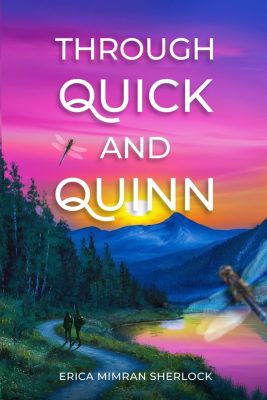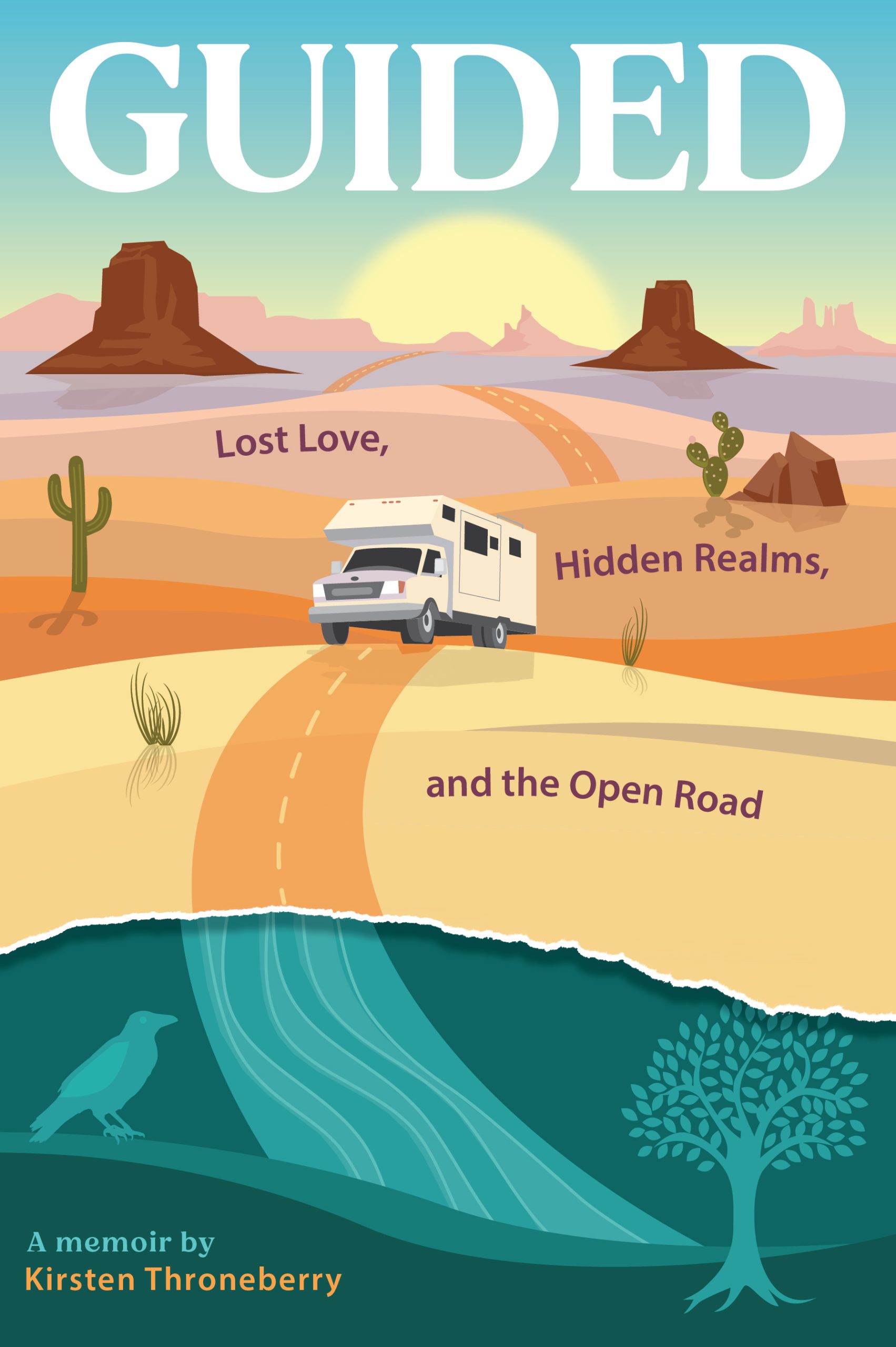|
Listen to or download this article:
|
If you have never read a work of philosophical fiction, be prepared—it’s not fluff.
Dr. Alan J. Steinberg’s latest work in some ways echoes other works with similar themes, e.g., Nietzsche’s Thus Spoke Zarathustra, or Siddhartha by Herman Hesse. But To Be Enlightened provides a distinctive, twenty-first-century take on setting and characters, giving it a uniquely California flavor.
In a tale of ambivalence and obsession that would captivate a Freudian psychologist, Steinberg uses the main character, Abe Levy, a conflicted philosophy professor at a Southern California college, as a vehicle to recount the philosophical underpinnings of Transcendental Meditation, relating the tenets of Indian Vedic philosophical beliefs to those of Western and Middle Eastern civilizations over the ages.
Abe’s conflict is both spiritual and mundane, affecting every aspect of his life.
When he was fifteen, Abe experienced an inexplicable, life-altering event. At that time, two strangers transported him to another plane of existence—heaven, if you will—on another planet. There he lived a joyful, perfect life without the complications of sex, avarice, or any of the seven deadly sins, with a soul mate whom he had known forever. One day, when he was very old, the same two strangers returned him to his previous adolescent existence on earth.
From that time, Abe’s obsession has been to return.
Stuck in 21st century California, he is ambivalent toward his wife, Sarah, whose anxiety and panic attacks, along with her healthy libido, both distract from and interfere with the meditations that will transport him back. Abe is happiest when teaching The Insider’s Guide to Our Self, which allows him to escape his worldly concerns and responsibilities and focus on enlightenment. When Sarah masters the technique and joins him in advanced night meditations, Abe is delighted. However, he doesn’t anticipate what comes next.
A well-crafted book, To Be Enlightened is weighted with philosophical thought from multiple sources, documented with citations and footnotes worthy of a doctoral dissertation. Most of this, presented in classroom scenes, slows the pace—only the repartee between/among the students and professor save it from a complete stall. However, quirky characters and unexpected events, while stretching credulity, keep it alive.
Worthy of finishing—the reader should be prepared to set aside the time and patience it demands. To Be Enlightened is sure to illuminate the unenlightened readers, expanding their understanding of eastern philosophy and religion.











Leave A Comment